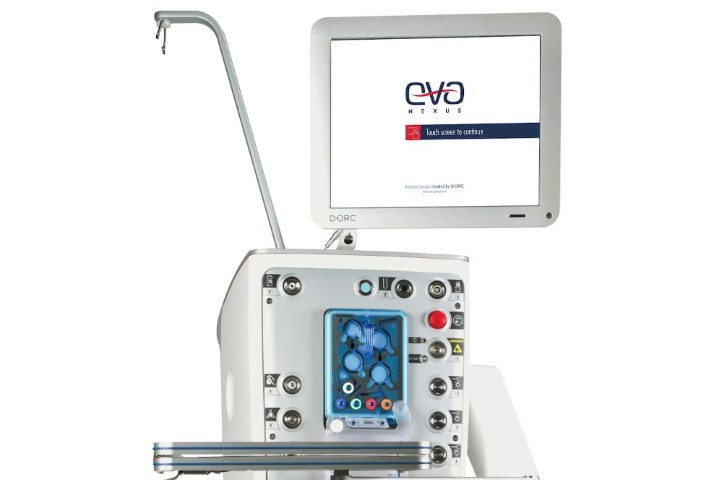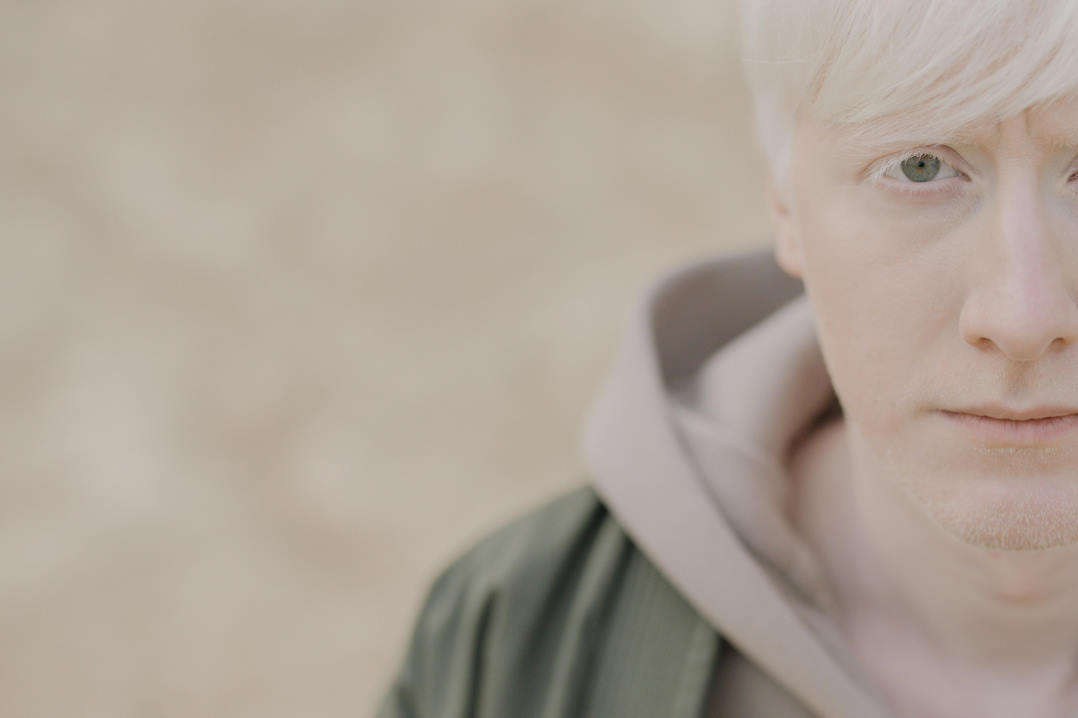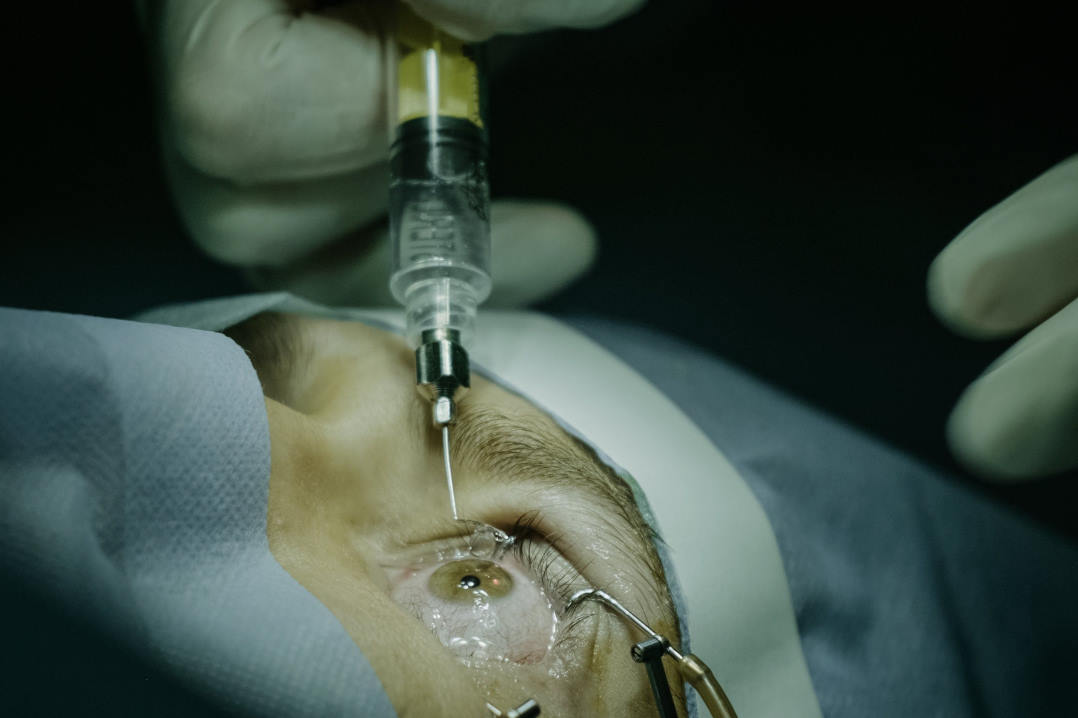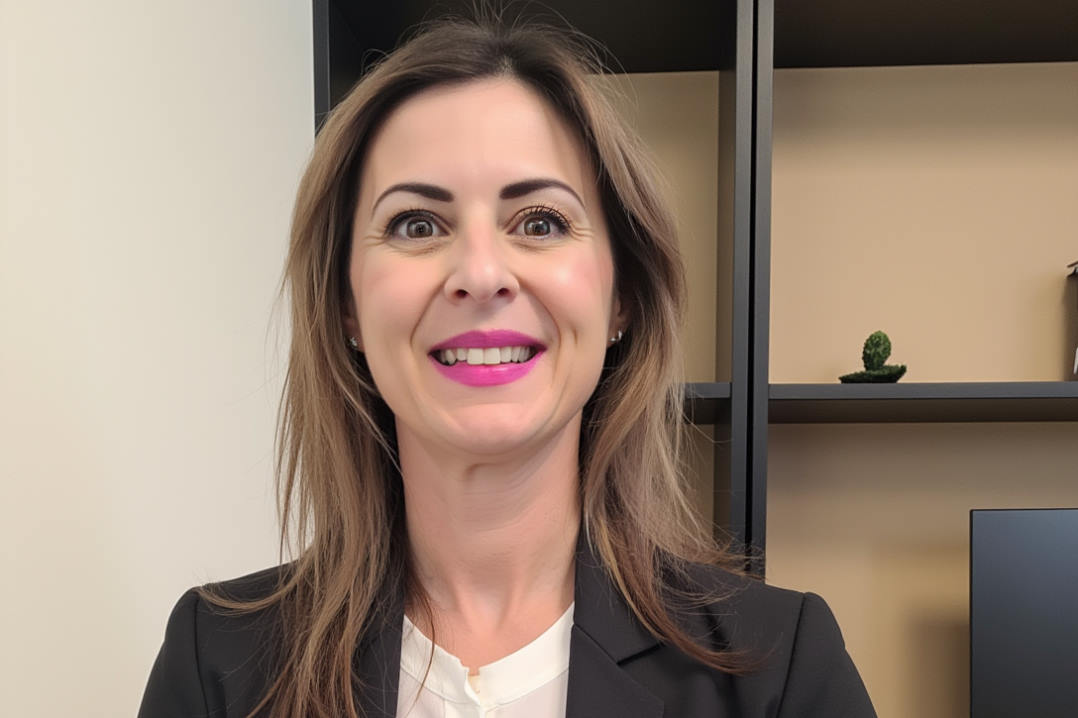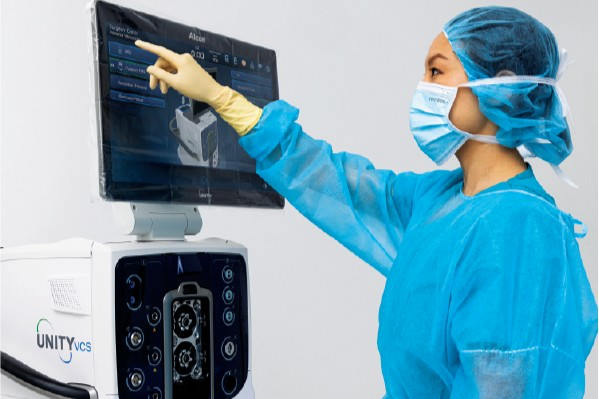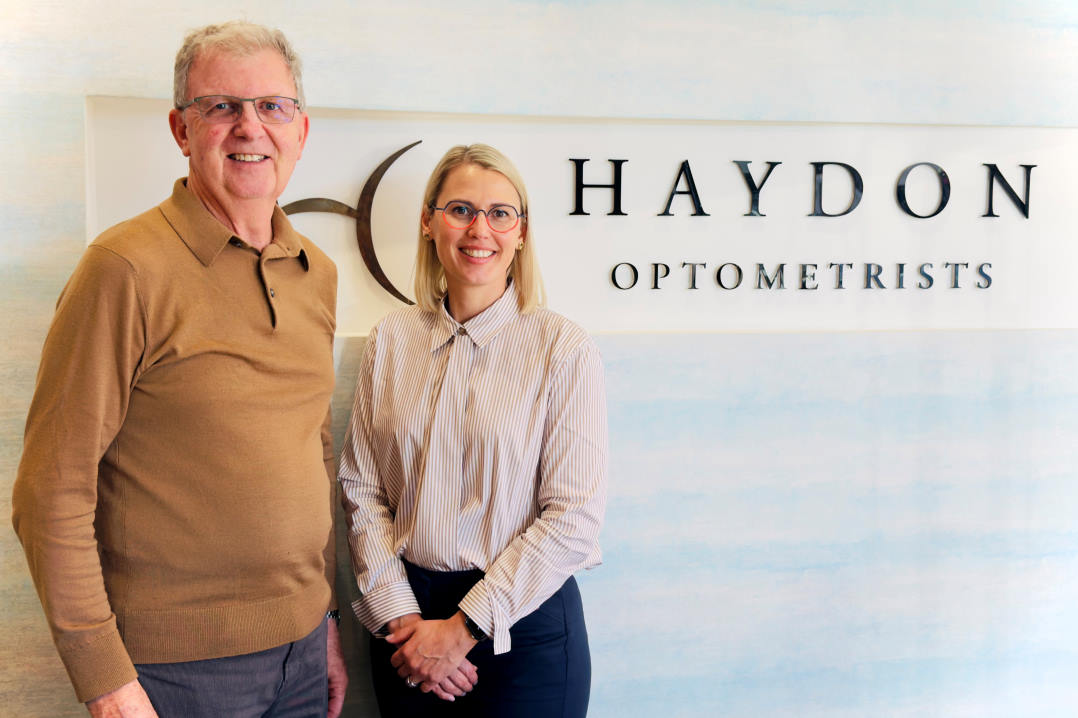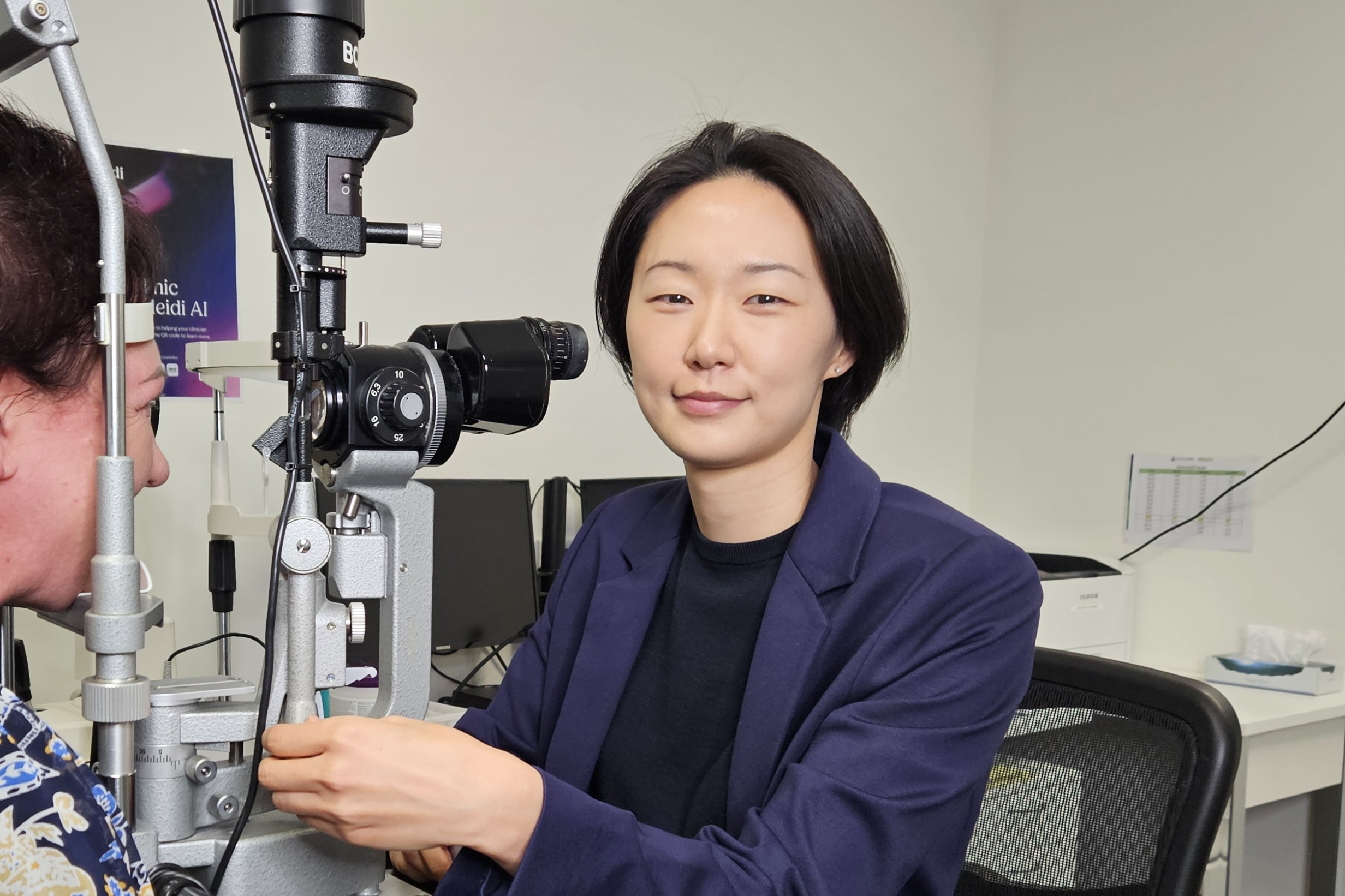Presbyopia eye drops - the next big thing?
Eye drops for presbyopia, supplanting readers, multifocal contact lenses and surgery, is being touted as the next big thing by some ophthalmic media commentators. But the presbyopic eye drop market is still in its infancy, “similar to the MIGS market a decade ago when multiple companies flocked to develop the devices," reported Healio in a recent story reviewing the current presbyopia drop race-to-market between four large pharmaceutical companies. Three of these are pursuing a drop inducing miosis to constrict the iris, creating a pinhole effect, while the other is investigating ways to soften the lens and restore flexibility.
With the first of these drops likely to hit the market in a few years, the potential for eyedrops to disrupt the presbyopia market is significant, said Auckland refractive surgeon Dr Dean Corbett, but much would depend on how patients felt about a chronic treatment. “Aperture-altering drops, in my opinion, are likely to be the predominant method… with a lot of patients preferring the option of a trialable/reversible approach rather than the relative ‘unknown’ of surgery.”
University of Auckland senior ophthalmology professors Dipika Patel and Charles McGhee agreed presbyopia eye drop treatments could provide an attractive option for eye care professionals and their patients. However, excitement and expectations for these treatments should be tempered, they warned.
“Before reaching the marketplace, these agents must surmount complex regulatory hurdles,” they explained, adding drug development could take 10 to 20 years from lab bench to market. The chances of approval are also slim, with only five out of 5,000 to 10,000 screened compounds typically advancing to clinical trials, of which only one may eventually be approved. Even after approval and market introduction, complete information about the drug’s safety may not become apparent for years, they said. For example, late complications relating to the Kamra inlay, such as corneal stromal opacity and late hyperopic shift, only became apparent years after it was approved by the US Food and Drug Administration.
It was also likely drop treatments would only be suitable for a select group of patients given the multifactorial nature of presbyopia and the potential impact of ocular comorbidities, said Profs Patel and McGhee. “For example, eye drops that suppress crystalline lens hardening are unlikely to be effective for patients in the late stages of presbyopia.”
Drops would most likely appeal to young presbyopes who are emmetropic, added Dr Corbett. “I do not think they will replace any of the current methods, but may delay or change the order of adoption.”
All agreed compliance with the drops, which may have to be used daily for years (in some cases from early adulthood), may also be an issue as will the cost as it’s unlikely the drops will be funded.
“Presbyopia remains the last frontier in refractive correction. It remains to be seen whether eye drops for presbyopia are hype or hope,” Profs Patel and McGhee concurred.
For more, see the Healio article here - https://tinyurl.com/presbyopia-drops.











